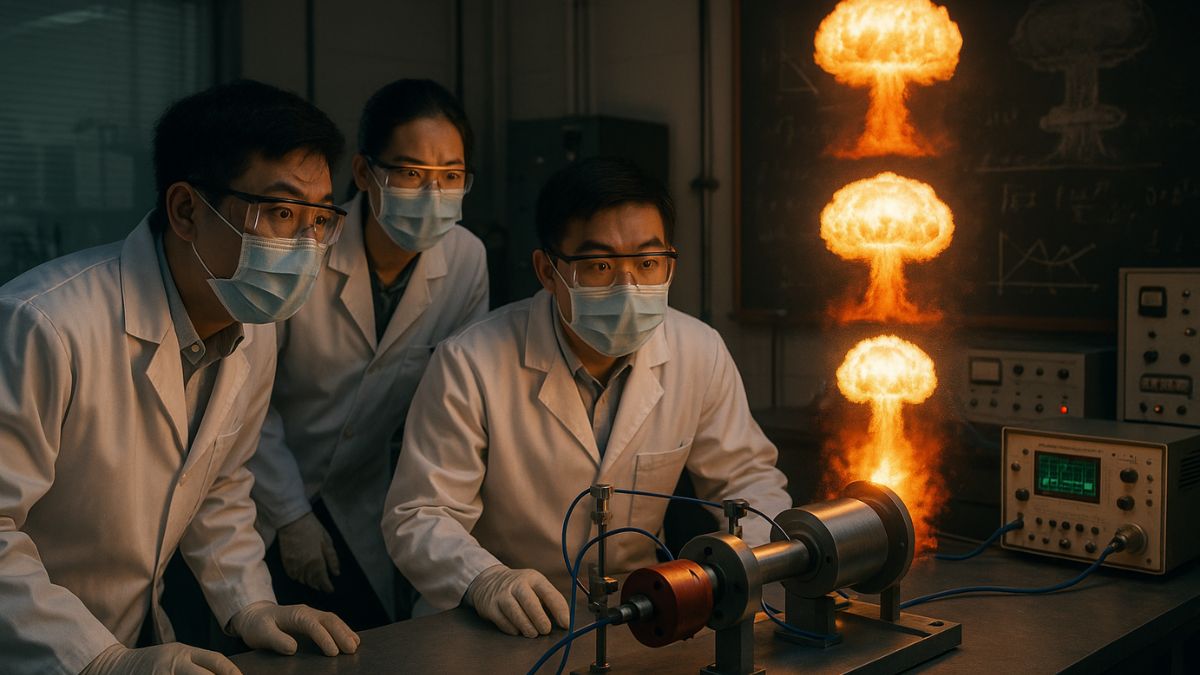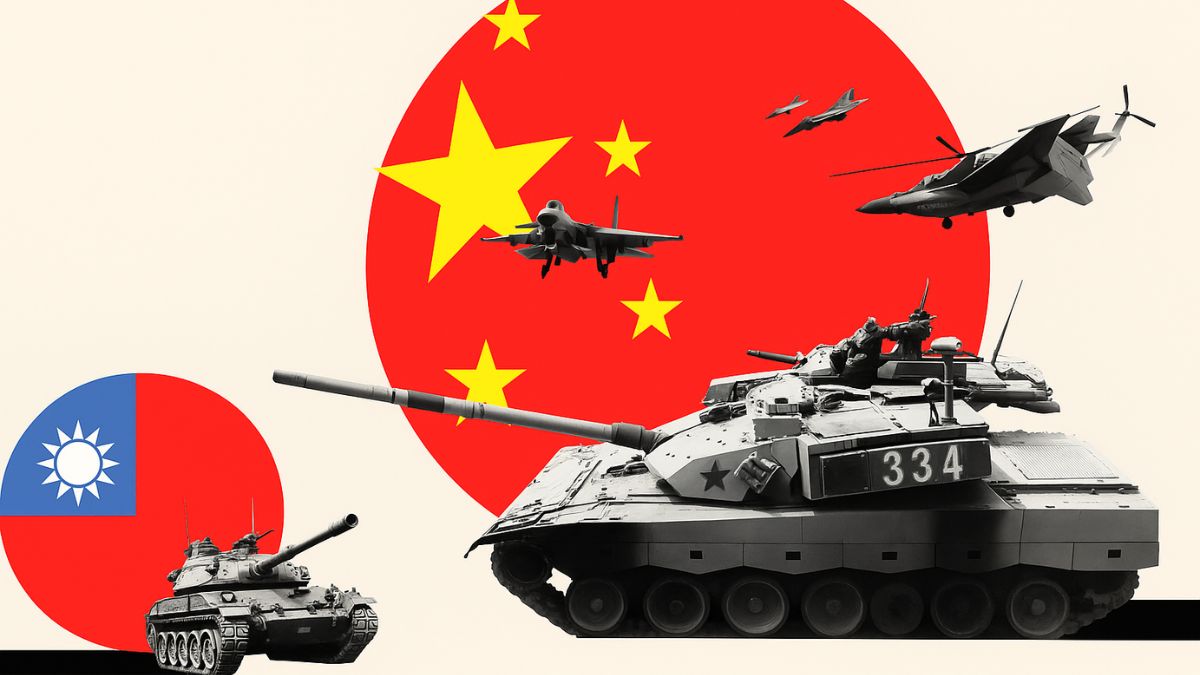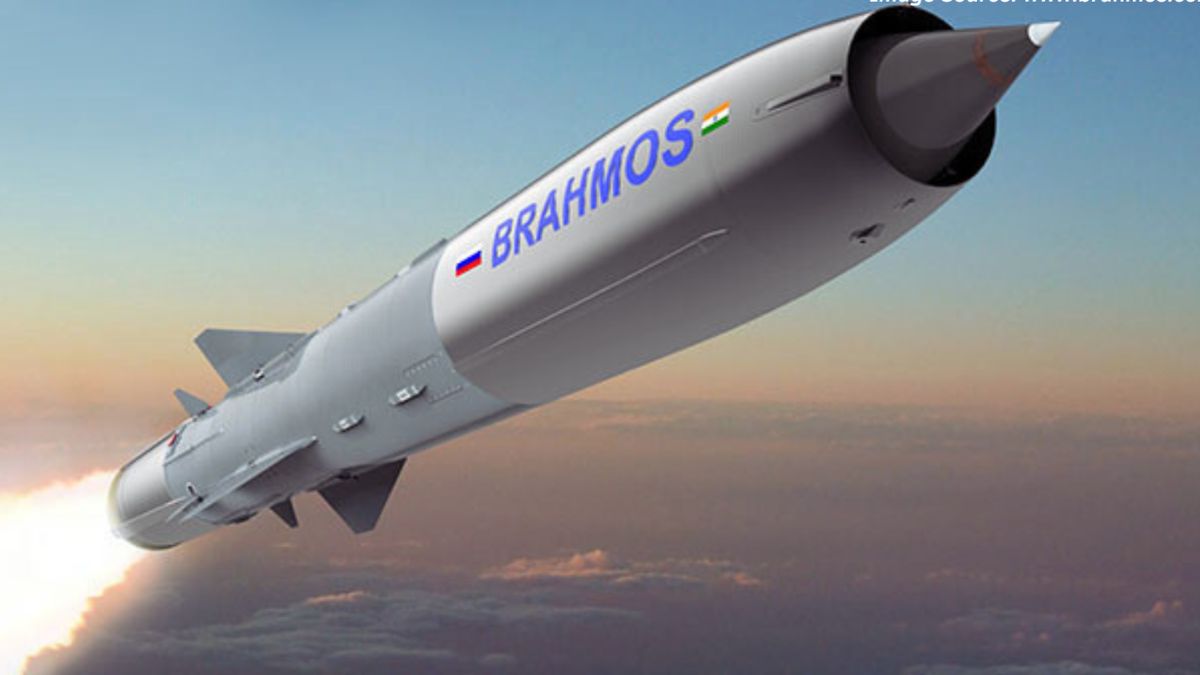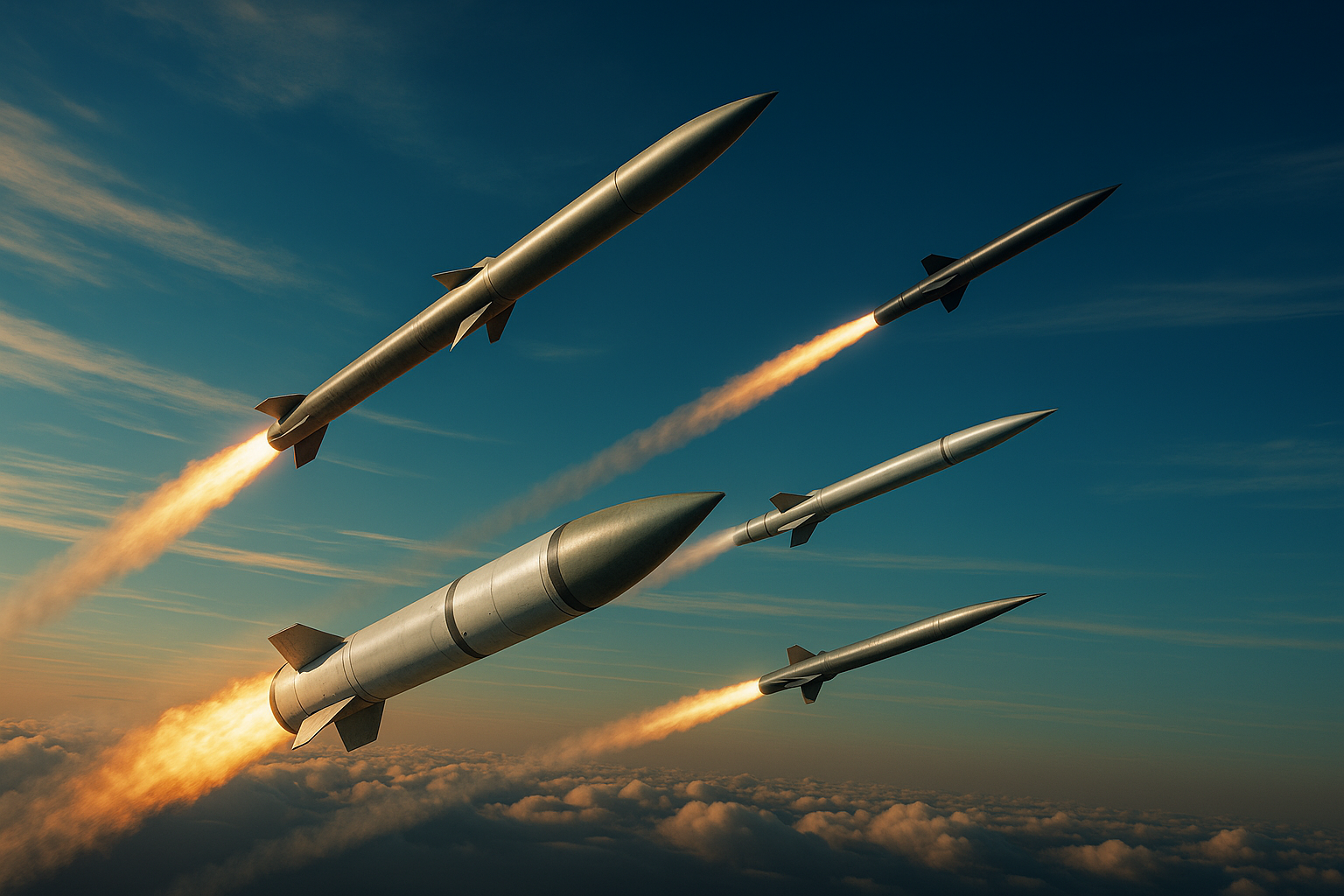China Racing to Master Multi-Warhead Nuke Strikes on Hardened Targets? Conducts World’s 1st Such Experiment

China is advancing experimental tools that could reshape thinking about how to defeat deeply buried, hardened military targets. Image courtesy: AI-generated picture via Sora
It is no secret that almost every big country is looking for ways to better harness the power of nuclear. Be it the United States, Iran or even Pakistan, nobody wants to stay behind in this game, that could drastically drive the modern battlefield. And now, China seems to have achieve that no country has been able to do it, at least yet.
A new peer-reviewed study by scientists tied to the People’s Liberation Army (PLA) suggests China is advancing experimental tools that could reshape thinking about how to defeat deeply buried, hardened military targets.
The research which describes the first laboratory system capable of simulating the combined effects of multiple underground nuclear detonations sends strong signals about Beijing’s deep focus on modern nuclear options that go beyond the single-warhead paradigms.
China’s latest nuclear experiment: What prompted this interest in multi-warhead underground strikes?
The limits of conventionally delivered bunker-busters have become starkly apparent after recent high-profile strikes on fortified underground sites, where powerful conventional munitions produced mixed results. Take the example of US strikes on Iran for a better understanding in June 2025.
That operational problem of how to reliably defeat facilities buried under tens or hundreds of metres of rock and reinforced concrete has revived theoretical and technical interest in whether coordinated, multi-warhead nuclear strikes could be more effective than single explosions, South China Morning Post reported.
Researchers led by Xu Xiaohui at the Army Engineering University in Nanjing published experiments on September 10, 2025, in Explosion and Shock Waves journal, describing a novel vacuum-chamber test system. Using scaled-down analogues and principles of similitude theory, the team built a controllable apparatus.
This system is capable of mimicking the rapid energy release of nuclear detonations through miniature high-velocity projectiles rupturing pressurised spheres. Simply, a single shot could mean 3 simultaneous blasts. Crucially, the setup allows multiple explosive sources to fire with extremely tight synchronization.
The team has reported timing differences as small as 0.8 milliseconds between bursts.
Multi-point blasts vs single detonations: How do they compare?
The experimental results were dramatic. In a simulation modelled on a historical single-warhead underground test (the 1965 “Palanquin” event), a three-point detonation more than doubled the crater radius (from 46 m to 114 m), increased depth (from 28 m to over 35 m) and enlarged crater volume by an order of magnitude.
Perhaps, most striking factor was the projected surface damage area – the study moves a single-detonation proxy from about 6,600 square metres to more than 80,000 square metres under a three-strike scenario – a leap the authors highlight as far from linear, the SCMP report added.
Why does this matter technically and operationally?
Xu’s team argues that clustered, near-simultaneous strikes create synergistic shock interactions underground that far exceed the summed effects of individual blasts. If scalable to real-world yields and environments, that synergy would alter the calculus for attacking hardened underground command centres, storage caverns and deep infrastructure that are otherwise resilient to single warhead attacks.
Worth noting here is that the paper is explicit about the requirements – precision low-yield earth-penetrating warheads, hypersonic or other ultra-fast accurate delivery systems, advanced re-entry and terminal guidance, and command-and-control able to synchronise detonations to millisecond tolerances.
Is China signalling a doctrinal shift in nuclear thinking?
The study does more than advance lab techniques by revealing a research orientation that treats nuclear weapons as flexible, precision tools for defeating specific military problems, rather than solely as strategic deterrents.
By explicitly exploring “multi-warhead penetration strategies” and highlighting possible applications for national security, the authors place China in the wider global debate over the role of lower-yield, tactical nuclear options and their escalatory risks.
What are the geopolitical risks and strategic implications?
If experimentally supported concepts migrate into deployable capabilities, whether in Chinese, Russian or US arsenals, the result could be a lower political threshold for nuclear use in high-stakes conventional campaigns against hardened targets. That prospect raises acute escalation risks.
Adversaries may be driven to harden and disperse assets, deploy pre-emptive defenses, or adopt asymmetric counters. At the same time, the technical challenge of synchronised multi-warhead attacks means any practical deployment would require a major convergence of guidance, delivery and C2 advances.
The PLA paper underscores how rapid advances in delivery systems, precision guidance and warhead design can shift doctrines faster than treaty and confidence-building measures can adapt. Analysts and policymakers will need to grapple with a two-fold problem – the empirical realities of enhanced destructive effectiveness against underground targets, and the political consequences of normalising lower-yield, targeted nuclear options.
China’s laboratory demonstration does not prove an operational capability in the field — but it does show Beijing is treating the problem seriously, investing scientific effort into techniques that reduce uncertainty about multi-warhead effects. For defence planners and arms-control experts, that combination of technical ambition and doctrinal framing is a key signpost of the future battlespace.
This also raises the question – has China solved the puzzle to making the most powerful nuclear weapon?







